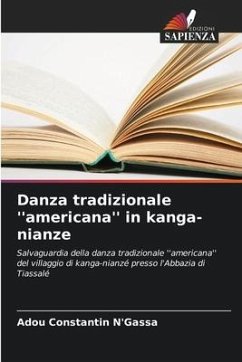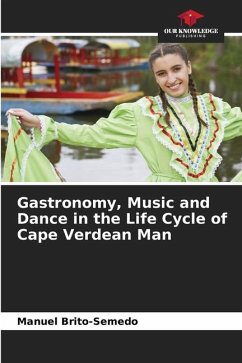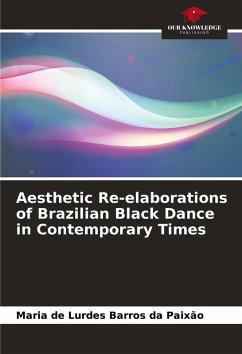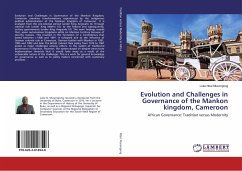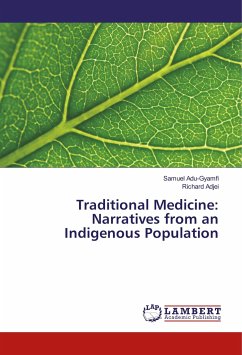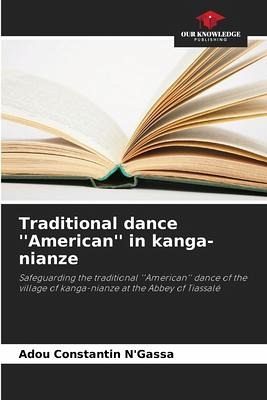
Traditional dance ''American'' in kanga-nianze
Safeguarding the traditional ''American'' dance of the village of kanga-nianze at the Abbey of Tiassalé
Versandkostenfrei!
Versandfertig in 6-10 Tagen
37,99 €
inkl. MwSt.

PAYBACK Punkte
19 °P sammeln!
Like many peoples in Africa, the Abbey people in Côte d'Ivoire have a rich cultural heritage that has lost its value over the years. Thus, the "American" dance, a traditional dance of the Abbey people symbolizing redemption and rebirth of the spirit, is disappearing. This annual dance performed on New Year's Eve is not immune to the upheavals of traditional Abbey society, which are likely to call into question the cultural, anthropological and sociological dynamics of this people, particularly in Kanga-Nianze. The present study undertaken on the "American" dance was inspired by the functional...
Like many peoples in Africa, the Abbey people in Côte d'Ivoire have a rich cultural heritage that has lost its value over the years. Thus, the "American" dance, a traditional dance of the Abbey people symbolizing redemption and rebirth of the spirit, is disappearing. This annual dance performed on New Year's Eve is not immune to the upheavals of traditional Abbey society, which are likely to call into question the cultural, anthropological and sociological dynamics of this people, particularly in Kanga-Nianze. The present study undertaken on the "American" dance was inspired by the functionalist paradigm which translates the importance of this dance in the consolidation of the Abbey social fabric as well as in the definition of the cultural identity of this people. It emerges an acceptable knowledge of this dance which however knows the difficulties at the level of its promotion and consequently of its safeguard. This is the reason why it is necessary to adopt new paradigms, bothinformational and communicational, including an inventory, documentation and inclusion in educational programs.




